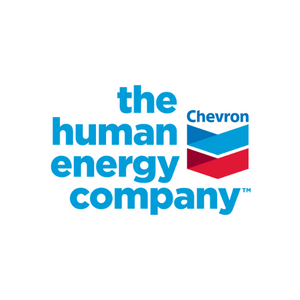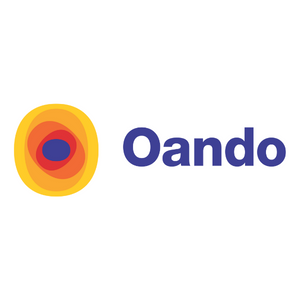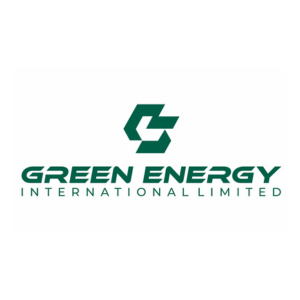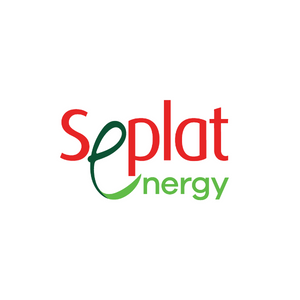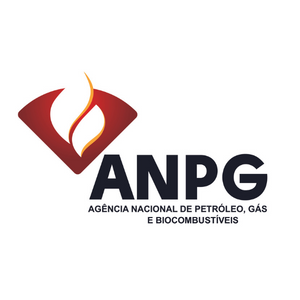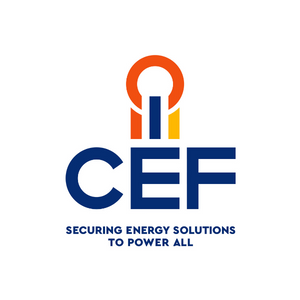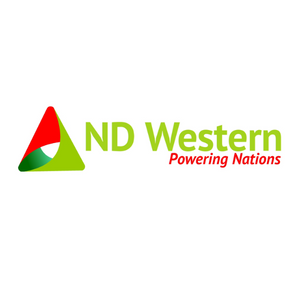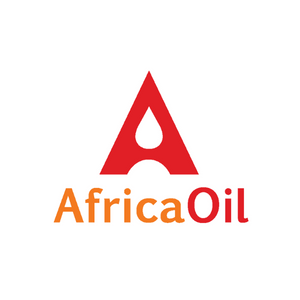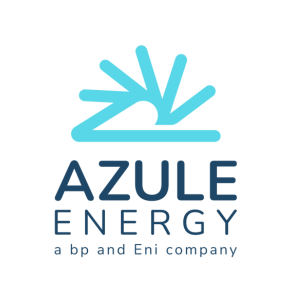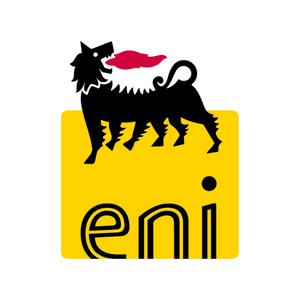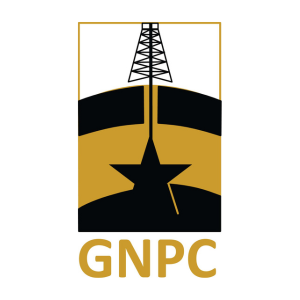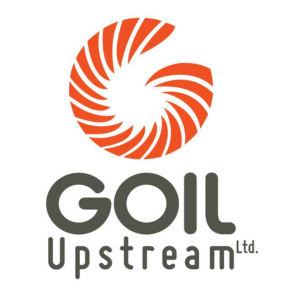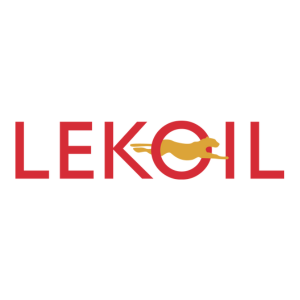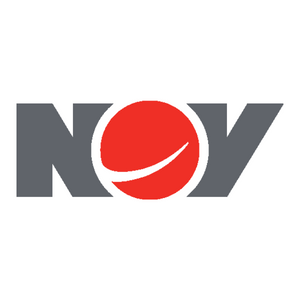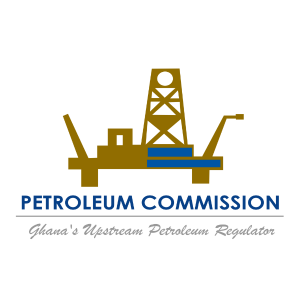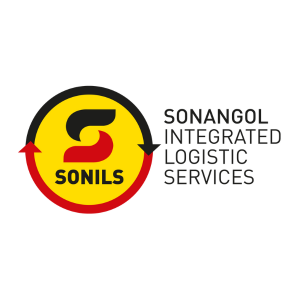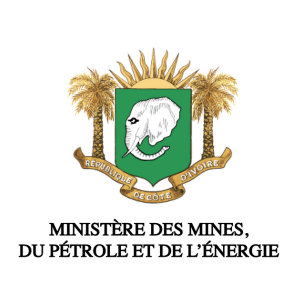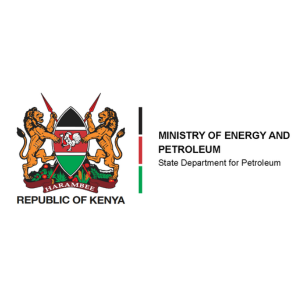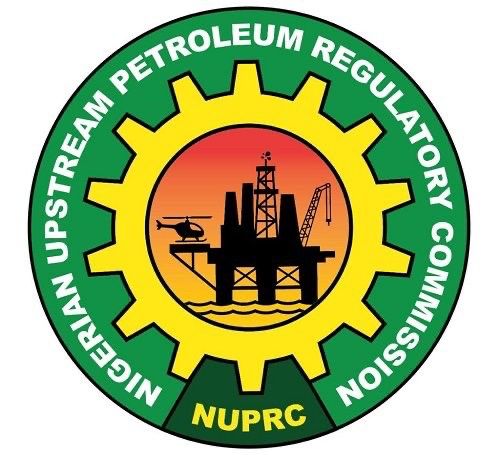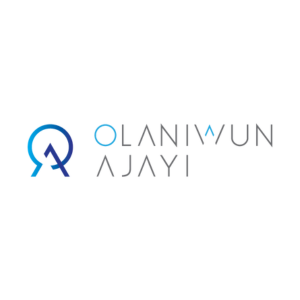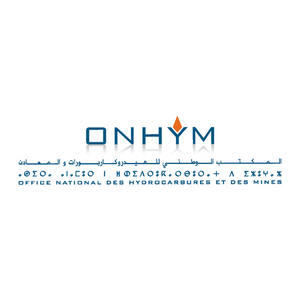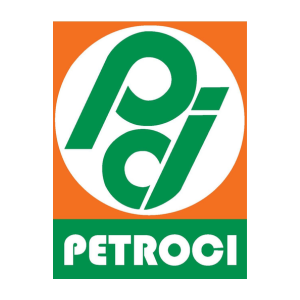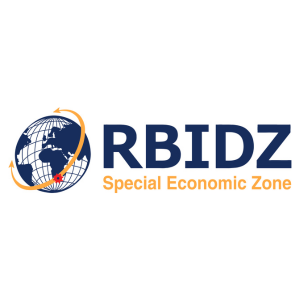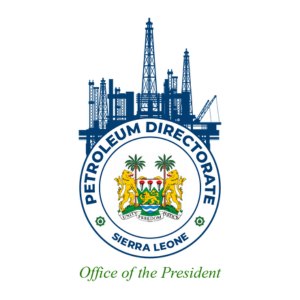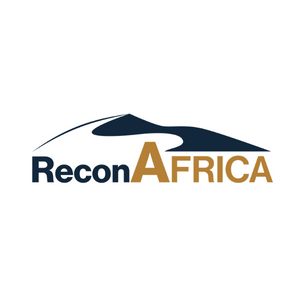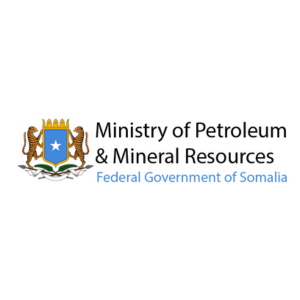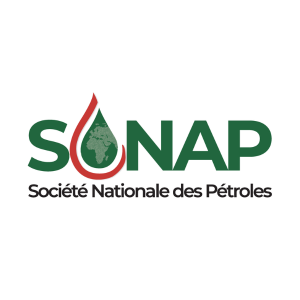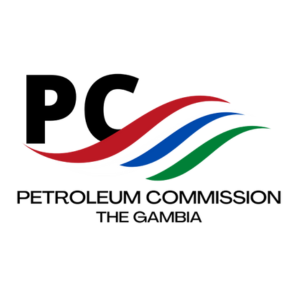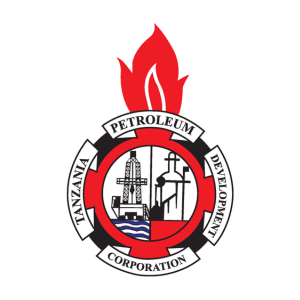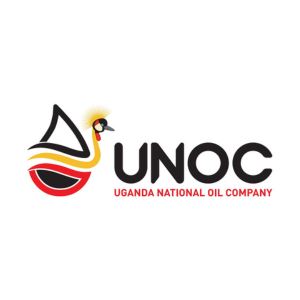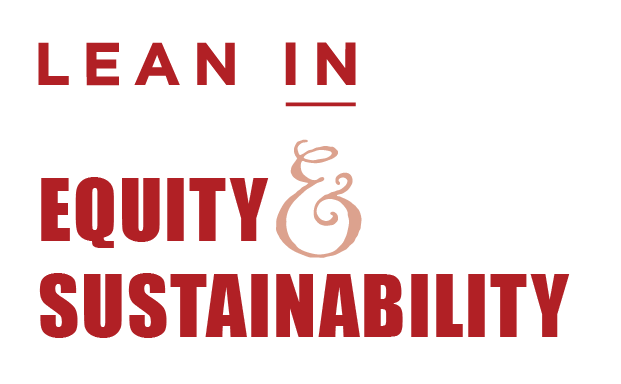Kenya is the next stop on our Pan-African tour of the continental oil and gas markets.
So far, the build-up to the August 2017 election has dominated Kenya this year. Although a repeat of the post-election political violence seen in 2007-2008 is unlikely, the combination of political uncertainty, and the low barrel price, has dented investor confidence in greenfield exploration projects.
The current drought, which includes oil exploration areas in the north of the country, led President Uhuru Kenyatta to declare it as a national disaster. In pastoralist areas the drought has exacerbate ethnic and tribal conflict, leading to humanitarian problems.
The violence in the Rift Valley — with unprecedented land invasions in Laikipa County to the north of Nairobi — could spread if the drought continues. Current oil and gas activities Kenya has four prospective sedimentary basins: Anza, Mandera, the Tertiary Rift, and Lamu which extends offshore. The first exploration work was carried out in the 1950s by BG and Shell. Around 30 onshore and offshore wells were drilled in the 1960s by a number of IOCs.
It wasn’t till 2012, when Tullow Oil drilled the Ngamia-1 well in the South Lokichar Basin (north-west Kenya), that the first oil discoveries were made. Since then around one billion barrels of oil have been discovered at an array of onshore basins in the north-west of the country.
For a couple of years East Africa, and Kenya in particular, was one of the world’s top exploration destinations. However, the collapse in oil prices, made medium and long-term frontier exploration far less appealing than current or near term production. This had led to a slowing down of investor interest in Kenya — yet this is now changing.
Up until quite recently, relatively expensive offshore exploration has been less appealing. However, following the recent success in Mozambique and southern Tanzania, offshore exploration in both Kenya, and now Somalia, is once again attracting IOCs and a flurry of activity. For example, Shell’s BG Kenya subsidiary has, recently commissioned Fugro to undertake a survey for oil seeps in the L10A and L10B offshore blocks.
The government maintains infrastructure growth through its Kenya Vision 2030 and Second Millennium Plan 2013-2017, which identify energy as a key growth driver. The Petroleum Exploration and Production Act (2015) provides regulatory framework for Kenya’s negotiations and Production Sharing Contracts (PSCs). This, in turn, empowers the Minister for Energy to sign PSCs, with the government paying taxes on behalf of the investor to reduce the fiscal burden.
Total’s decision to route the Ugandan oil export pipeline through Tanzania was wise due to three key reasons:
>> The much tougher terrain across Kenya
>> The possible political risk attached to the 2017 election
>> Kenya’s infrastructure requires necessary improvements
While upgrades have occurred within the development of its ports, onshore transportation relies on trucks to deliver oil to Mombasa. Driver strikes earlier this year, and poor road conditions, illustrate the beginning of cracks within the country’s infrastructure issues that need to be addressed, and given major investment, before they get any worse.
Looking forward, three development schemes are worth noting:
The Early Oil Production Scheme (EOPS)
This arose from Tullow’s substantial 2012 onshore discoveries and is a key strategic project from the Kenya Vision 2030. It involves the transportation of early South Lokichar oil production to Mombasa by road — sanctioned in March 2017 by the JV partners Tullow, Africa Oil, and Maersk Oil. The EOPS will use existing upstream wells and oil storage tanks to initially produce approximately 2,000 b/d gross in mid-2017.
This early pilot scheme will provide important information to assist in full field development, with the plan to continue until mid-2019. The scheme has the potential to produce up to 2,000 b/d in the second half of 2017.
Kenya Petroleum Technical Assistance Project (KEPTAP)
Word Bank-funded, this is a six year project that began in October 2014. Costing US$50m, it will strengthen the government’s capacity to manage the petroleum sector and provide wealth for sustainable development projects. The key objectives are to strengthen the upward and downward linkages in the sector and formulate sound public and private sector policies to capitalise oil and gas development.
Lastly, and most importantly, the government approved a pipeline development from the northern oil fields to Lamu where a second port is being built. The US$2.1bn pipeline will be completed by 2021, transporting between 80,000 b/d and 150,000 b/d of crude along the 891km from Lokichar to the coast. This will allow East Africa’s biggest economy to export large volumes of oil that are currently stranded because of the reliance on road transport.

